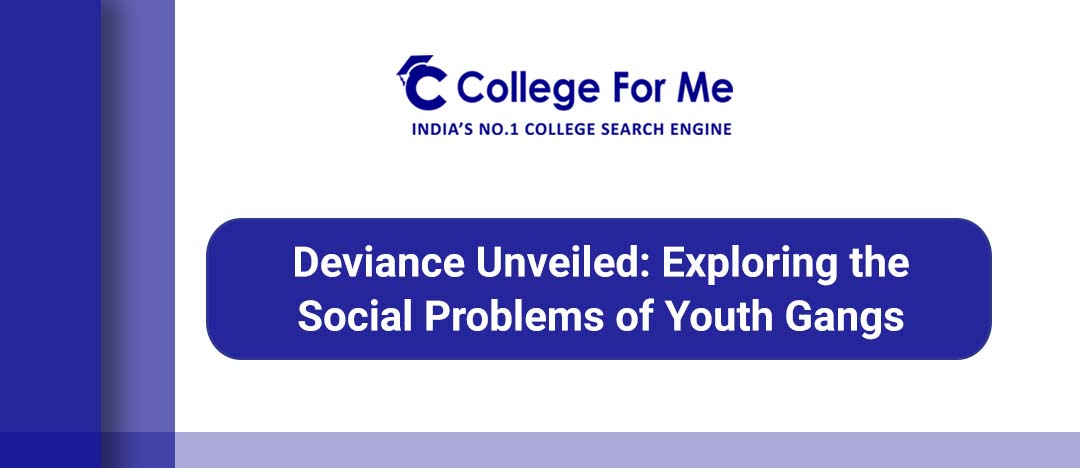Career Scopes Of A B.Tech. Student
There is a high demand for B.Tech. degree holders in the private sector, yet, there is also the opti...

The phenomenon of youth gangs is a pressing social issue that transcends geographical boundaries and cultural contexts. These groups, often characterized by criminal activities and deviant behaviors, present a multifaceted challenge to communities and societies. This article delves into the social problems associated with youth gangs, shedding light on the underlying factors that contribute to their formation, the consequences they pose, and potential strategies for prevention and intervention.
The Complexity of Youth Gangs
Youth gangs are social groups typically composed of young individuals who engage in a range of deviant behaviors, from drug trafficking and violent crime to vandalism and intimidation. While gangs can provide a sense of belonging and identity for their members, their activities often have detrimental effects on individuals and society at large. Understanding the intricate web of factors that lead to gang involvement is crucial in addressing the social problems they create.
Causes and Influences
Several factors contribute to the formation and growth of youth gangs. Socioeconomic disparities, lack of access to education and employment opportunities, family dysfunction, and neighborhood violence can create an environment conducive to gang recruitment. Alienation, peer pressure, and the allure of status and power within the gang also play a significant role in attracting vulnerable youth. Additionally, media portrayal of gangs and glamorized criminal lifestyles can romanticize these groups, further contributing to their allure.
Consequences for Individuals
Youth gang involvement has far-reaching consequences for individuals, often perpetuating a cycle of violence and criminal behavior. Members face increased risk of incarceration, injury, and death, as they become embroiled in conflicts with rival gangs and law enforcement. The allure of easy money from criminal activities can lead to a life of instability, impeding education, employment prospects, and personal development. The psychological toll of living in a violent and high-stress environment can result in trauma, mental health issues, and reduced life prospects.
Impact on Communities
The presence of youth gangs poses significant challenges for the communities in which they operate. Gang-related violence can instill fear and disrupt social cohesion, leading to the deterioration of neighborhoods. Additionally, gang activities often contribute to an increase in crime rates, strain law enforcement resources, and perpetuate cycles of poverty and disadvantage. Community members become trapped in a cycle of insecurity and reduced quality of life, leading to a negative feedback loop that affects generations.
Prevention and Intervention Strategies
Addressing the social problems associated with youth gangs requires a comprehensive and collaborative approach. Prevention efforts should focus on tackling root causes such as poverty, lack of education, and limited employment opportunities. Early intervention programs, mentorship initiatives, and after-school activities can provide alternatives to gang involvement and offer positive role models. Engaging with at-risk youth and providing them with supportive networks can help redirect their energies toward constructive activities.
Conclusion: Youth gangs remain a significant social problem with far-reaching consequences for individuals, families, and communities. By delving into the underlying causes of gang involvement and addressing the complex web of factors that contribute to their formation, society can develop effective strategies for prevention and intervention. Empowering at-risk youth with opportunities for education, employment, and personal development can break the cycle of violence and deviant behavior, leading to a brighter future for both individuals and the communities they inhabit. As communities join forces to address the complex issue of youth gangs, it becomes possible to reshape the trajectory of young lives and create safer, more inclusive societies.

There is a high demand for B.Tech. degree holders in the private sector, yet, there is also the opti...

If you are looking for a bright and prospective career, then getting a B.Tech. in CSE must be under ...
Comments (0)